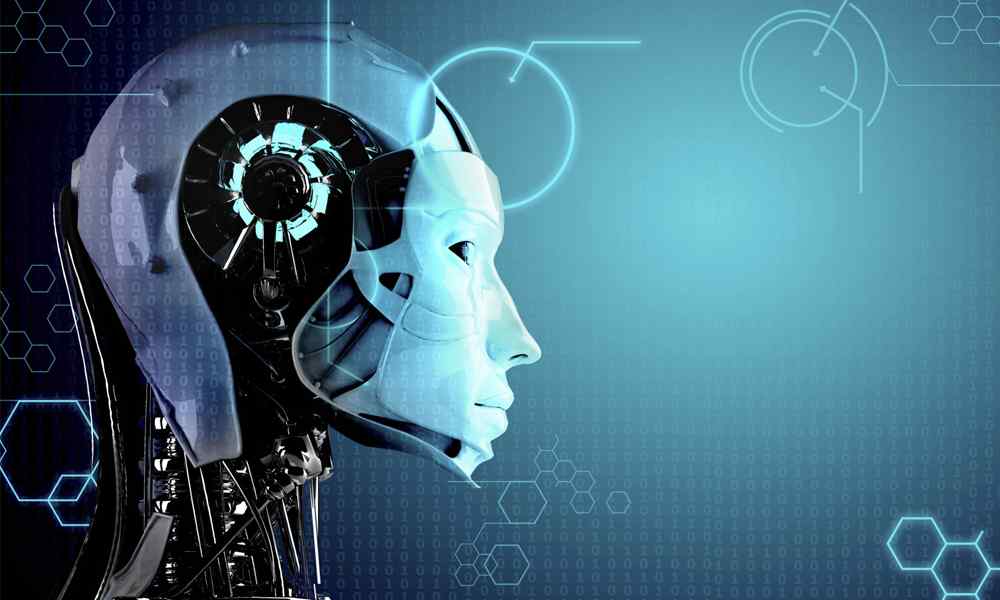
What is the difference between artificial intelligence and virtual intelligence? This article gives a few pointers on how the two systems vary.
Many mistakenly believe that artificial intelligence (AI) and virtual intelligence (VI) are the same. It is indeed true, after all, that both elements of technology are based on algorithms, and both VI and AI processors are made to mimic or even replace human capabilities in a system.
Differences between AI and VI about which every tech enthusiast should be aware.
Here are three common variations.
Closed vs. Open Systems:
Artificial intelligence is, by design, a closed system in the sense of it being a learning mechanism that improves with repetition. Virtual intelligence is also a closed system as it is one based on mimicking and not the reality of things.
It is not enough, however, to merely declare both systems as closed and therefore alike. In fact, virtual intelligence actually doubles as both an open and closed system because of its ability to “feel things” instead of only completing tasks as AI components are designed to do. Virtual intelligence, then, is best used for creative processes, whereas AI systems are ideal for achieving functions at record rates.
Damage Control
Virtual intelligence may serve as a creative vehicle, but the technology does not fare well when it comes to proactiveness. The average VI system cannot make improvements to its network without first developing all of its components. It is only after all factors are calculated that recalculation can ensue and positive alterations can be implemented.
Artificial intelligence is much different. The system does not require completion of all processes before determining what needs to be changed but instead can correct problems as they become issues. Artificial intelligence, then, serves as a more efficient way of operation since it does not require a system to err before the problem is corrected.
Self-awareness
Virtual intelligence is, by design, a system that only mimics the behavior of humans. Programs with this type of technology cannot form and carry out abstract thinking and, therefore, never move past the imitation stage.
Artificial intelligence, on the other hand, is a self-aware machine designed to make critical decisions and judgments. The average AI system may start out repeating itself with no possibility of creativity, but the system can mature over time and become more human in conceptualization than any VI technology system.
Conclusion: Which Is Better?
Artificial intelligence is the perfect vehicle for companies looking to replace humans for specific tasks. It is ideal to have AI machines take over manufacturing lines, for instance, as their cost, in the long run, is much lower than human interaction. It is not necessary to pay for health insurance and high workers’ compensation rates when an AI system is in charge of building products.
Virtual intelligence would probably be ideal for those businesses that are looking to break into 21st-century technology at lower rates. The average VI machine costs are substantially less than a standard AI system. The long-term benefits of a VI system, however, are limited as the machine is bound to make numerous mistakes that will cost the company bundles to repair. It may be a better idea, then, to invest in AI, in the beginning, to avoid having to replace the system at a later time.








